...in most parts they use the same APIs
Chrome extensions are designed to interact with the browser. Chrome packaged apps are designed to be standalone and operate independently from the browser. Their APIs have now widely diverged. Just take a look at the API listings for apps and the equivalent listing for extensions, and you'll see that they are quite different.
In this case, the Type Fu uses the chrome.app.window API, particularly the frame: 'none' option of the create function.
As the name of app.window suggests, it's only available to packages apps, not extensions. The extension-based chrome.windows.create method will eventually support a type: 'panel' option that will supply visually similar functionality (see it at work in Google's Hangouts extension). It's described in the API with a note:
The 'panel' and 'detached_panel' types create a popup unless the '--enable-panels' flag is set.
Currently only Hangouts is whitelisted to use panels, but the discussion at Having panel behavior in chrome extension suggests that your extension can pretend to be Hangouts by adding a specific key value to your manifest:
"key": "MIGfMA0GCSqGSIb3DQEBAQUAA4GNADCBiQKBgQDsDApubb73tPfYlNIFxDu3K3/EHgV6/YOJXJkld1OZ20jW/cOht1j0NggnXhQYuu1mXFUufud4I2N7b5ydyg09gcM9Va3Zk17RhNV9smbPHOd4XlzJeXifX/9MgHPu4FzCen3CiSXsOeAELJIXEuT28xICriuUko/rNPwGeIB9VwIDAQAB"
However, I wouldn't rely on this undocumented behavior; Google is likely to fix it, or it may break something else in the future.
Until panels are fully supported then, you can begin developing your extension with the --enable-panel browser flag and hope the feature is enabled by default once you have completed development.

